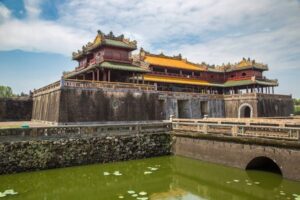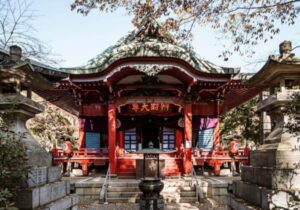The Travel Blog
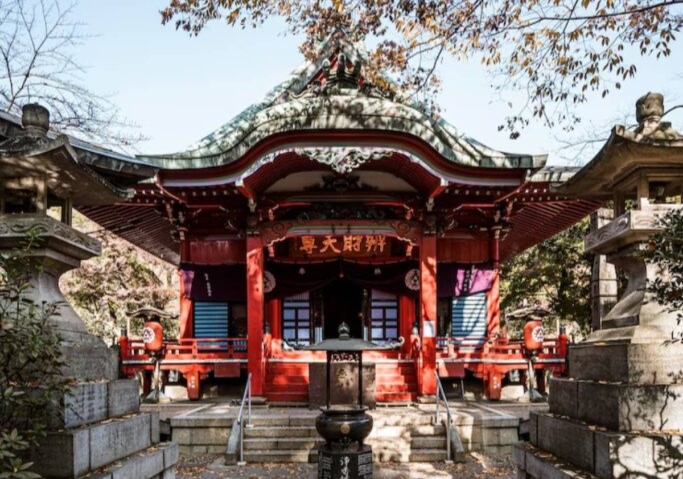
Nikko, Japan: Shinto Shrines and Natural Beauty
Have you ever pictured a place? Imagine centuries-old shrines set against misty mountains. Waterfalls cascade through ancient cedar forests. Nikko, Japan, is that magical destination — a harmonious blend of spiritual tradition and unspoilt nature. Located just two hours north of Tokyo, this hidden gem offers a soul-stirring escape from urban chaos and a journey into Japan’s cultural and natural legacy.
Nikko has something for everyone. You might love its ornate temples, peaceful sacred forests, or UNESCO sites. Each spot sparks a sense of wonder in every traveller. In this article, you’ll explore the spiritual significance, historical roots, and nature-rich offerings that make Nikko one of the most enriching, off-the-beaten-path adventures in Asia.
A Sacred Legacy: The Shinto and Buddhist Influence
The Heritage of Nikko’s Shrines
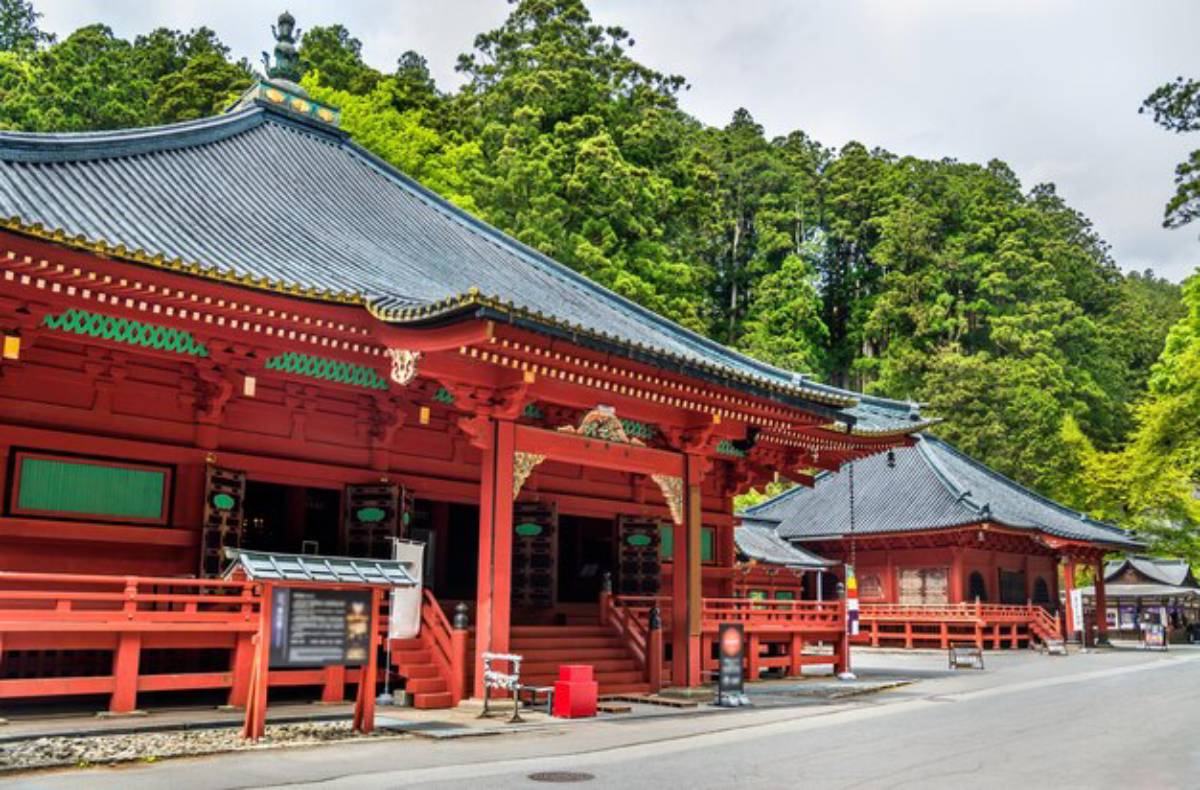
Nikko is famous for the Toshogu Shrine. This ornate mausoleum honours Tokugawa Ieyasu, the founder of the Tokugawa shogunate. This UNESCO World Heritage Site showcases master craftsmanship. It features intricate carvings, vibrant colours, and gold leaf details. These elements stand out against the surrounding forest.
You’ll also encounter:
- Futarasan Shrine: Founded in 782, it is dedicated to the deities of Nikko’s three sacred mountains.
- Rinnoji Temple: A vital Buddhist site that houses large gilded statues of Amida, Senju-Kannon, and Bato-Kannon.
These sacred spaces show more than just religious architecture. They reflect centuries of cultural blending between Buddhism and Shintoism. This blending offers a unique look into Japan’s spiritual evolution.
Spiritual Rituals and Practices
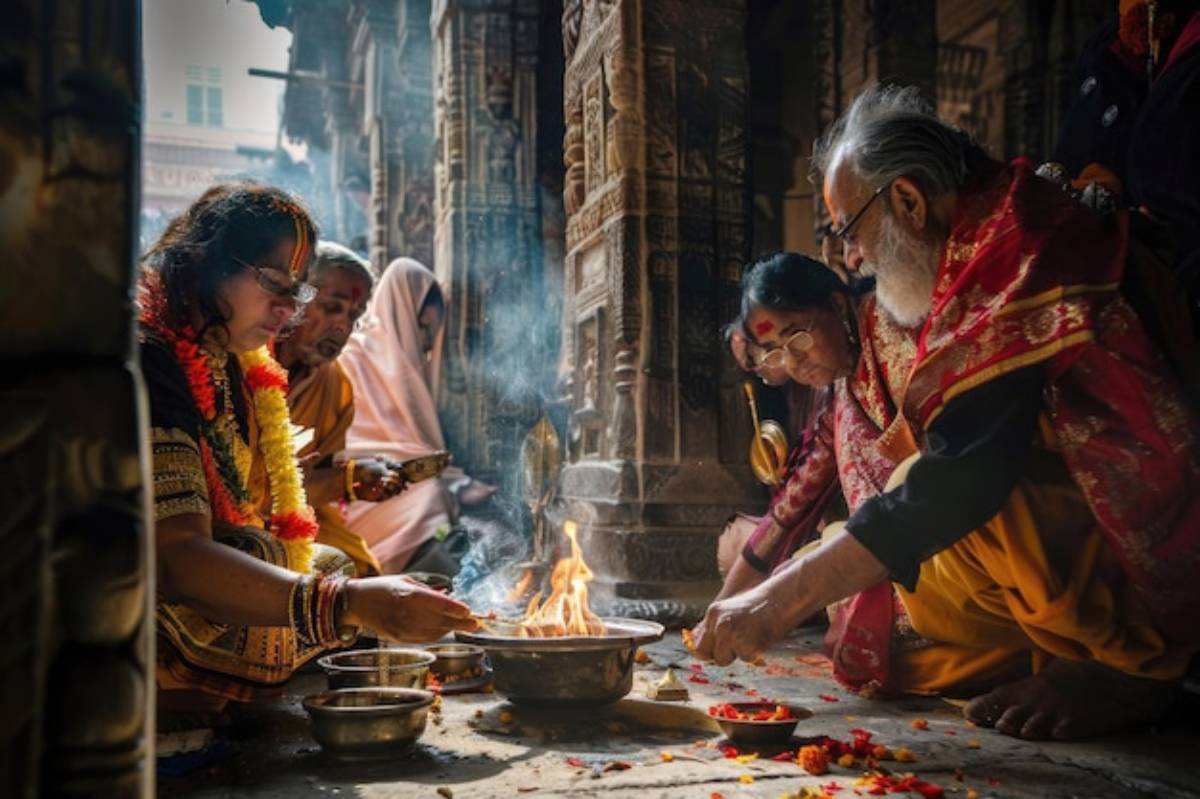
Visitors can see traditional rituals like omikuji (fortune drawing) and shuin (temple stamping). These activities provide a personal and immersive cultural experience. If you visit during spring or autumn festivals, you’ll see grand parades, bright costumes, and ceremonies that reflect ancient traditions.
“Even as a non-religious traveller, I felt a calming energy in the air. The rituals felt timeless — like stepping into another world.” – Clara, UK travel blogger
Nikko’s Natural Wonders: Beauty Beyond Belief
Waterfalls, Lakes, and Mountains
If you love landscapes that make your jaw drop, Nikko won’t disappoint. The Nikko National Park is a treasure trove of scenic wonders:
- Kegon Falls: One of Japan’s most famous waterfalls, plunging 97 metres into a gorge below.
- Lake Chuzenji: Nestled at the foot of Mount Nantai, it’s perfect for serene boat rides and lakeside picnics.
- Mount Nantai: A dormant volcano offering spectacular hiking trails with panoramic views.
These natural sites blend seamlessly with the region’s spiritual ambience. You don’t just look at nature in Nikko — you feel it.
Nature Walks and Wildlife
Take peaceful walks on the Kanmangafuchi Abyss trail. Ancient cedar trees surround you, and Jizo statues line the path, quietly observing your journey. For wildlife lovers, keep an eye out for Japanese macaques, deer, and even Asiatic black bears (from a safe distance, of course!).
Seasonal Charms: When to Visit Nikko
Each season in Nikko brings its own magic:
- Spring: Cherry blossoms bloom around temples and lakes.
- Summer: Perfect weather for hiking and festivals.
- Autumn: Fiery foliage turns the landscape into a painter’s dream.
- Winter: Snow blankets the shrines, creating a fairy-tale atmosphere.
If you love seasonal photography or want to avoid crowds, consider visiting in early spring or late autumn.
Experiencing Nikko Like a Local
Getting Around and Staying the Night
Nikko is accessible via train from Tokyo (approx. 2 hours). Once you’re there, buses and taxis can get you to the main sites. However, the real charm lies in walking or cycling, especially around the heritage zone and Lake Chuzenji.
Stay at a ryokan (traditional inn) for a full cultural immersion. Enjoy:
- Tatami mat rooms
- Onsen baths
- Local cuisine featuring yuba (tofu skin) and mountain vegetables
“The ryokan experience added an extra layer of authenticity. Soaking in an onsen after a long hike was pure bliss.” – James, solo backpacker
Cultural Tips and Etiquette
- Bow slightly when entering shrines.
- Be respectful during religious ceremonies.
- Shoes off when entering temple buildings and ryokans.
These little touches show appreciation for local customs and enrich your experience.
Travel Responsibly: Leave Only Footprints
Nikko’s cultural and ecological heritage is fragile. Help preserve it by:
- Staying on marked trails
- Avoiding litter
- Supporting local businesses and artisans
You can also refer to How to Travel Responsibly in Fragile Ecosystems Across Asia for more sustainable travel tips.
Hidden Gems Most Tourists Miss
Kanmangafuchi Abyss
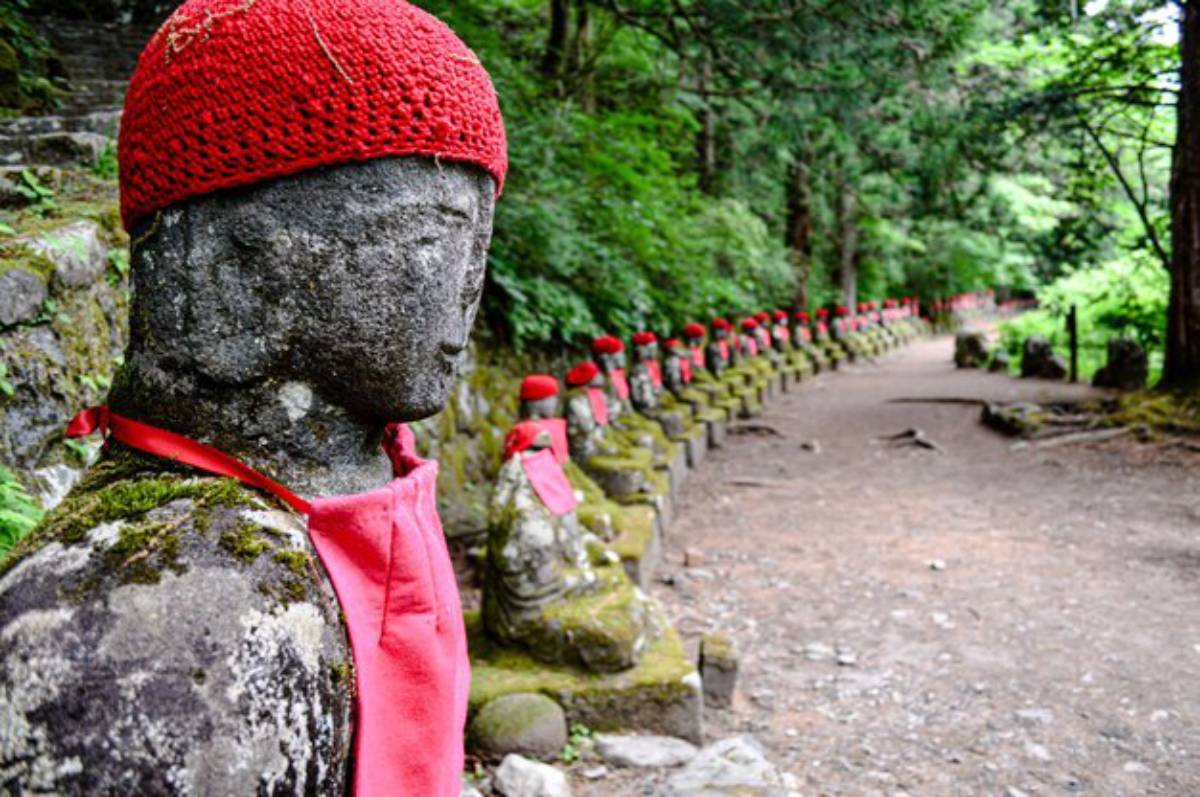
Often skipped by the crowds, this serene gorge is lined with 70+ Jizo statues. Many say their positions seem to change — a bit of folklore that adds to the mystery.
Edo Wonderland Nikko Edomura
Step into the past with this samurai-era theme park, featuring ninja shows, traditional crafts, and geisha parades. It’s kitschy, yes — but also deeply educational.
Kirifuri Highlands
For panoramic views and wildflower meadows, hike the trails above the city. You’ll get the best sunrise views without battling crowds.
A Taste of Nikko: Local Cuisine and Markets
One of the most rewarding ways to connect with Nikko’s culture is through its food. The local cuisine is nourishing and seasonal. It reflects the landscape, influenced by the area’s Buddhist roots, mountain environment, and nearby sacred sites.
Yuba: The Signature Ingredient
Yuba, or tofu skin, is Nikko’s culinary star. Yuba came from Buddhist monastic cooking. It’s used in soups, sashimi, and hot pots.
Where to try it:
- Meiji-no-Yakata – a Western-style building turned elegant restaurant
- Yuba Zen – a cosy spot offering full yuba-course meals
- Ryokan dinners – many traditional inns include yuba in their multi-course kaiseki
Other Must-Try Dishes
- Yunohana – a mineral-rich delicacy made from hot spring sediment, often found in local pickles
- Chikara udon – a hearty noodle soup topped with mochi, ideal after a cold hike
- Nikko sake – brewed from pure mountain spring water; visit a local brewery like Watanabe Shuzoten for a tasting
Nikko’s Morning Markets
If you’re an early riser, check out one of the local markets near Shinkyo Bridge or the heritage area.
You’ll find:
- Handmade sweets
- Dried mountain herbs
- Wood-carved souvenirs
- Seasonal fruits and pickled vegetables
Tasting fresh yuba while temple bells ring nearby or sipping hot sake after a misty walk makes Nikko special. These moments are not just memorable; they touch the heart.
Conclusion: Why Nikko Deserves Your Bucket List Slot
Nikko isn’t just a place — it’s an experience for the soul. You can explore UNESCO sites, enjoy peaceful mossy trails, or just breathe fresh air. It truly offers something for everyone. This isn’t your average tourist trap; it’s a hidden gem in Japan that welcomes you with open arms and whispering trees.
So what are you waiting for?
- Pack those hiking boots
- Charge your camera
- And get ready to connect with one of Japan’s most soulful destinations
If you’ve visited Nikko or plan to go soon, share your thoughts or tips below. We’d love to hear from you!
Looking to find Asia’s hidden spots? Read How to Discover Asia’s Hidden Gems Using Local Transport.



